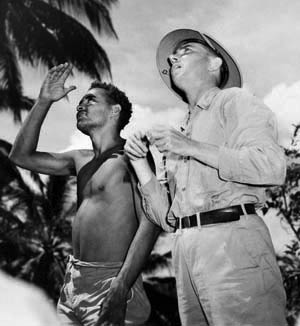Coastwatchers
The Small Band of Men Who Saved Thousands of Allied Troops
In Bellingham, Washington as soon as WWII broke out, tall towers were erected close to the Canadian border. Teenagers equipped with their sleeping bags and supplies would rotate assignments, some spending the night, to listen and watch for any incoming aircraft then immediately report their observations. Along the Pacific Coast, citizens worked shifts at radio stations established in caves or small shacks ready to alert the Coast Guard and Navy of offshore enemy activity. The West Coast, the southern Gulf Shores, even up the Mississippi were manned with Americans on guard for enemy ships, submarines, or aircraft.
The Southwest Pacific Islands
Across the vast Pacific in the many islands dotting the Bismarck, Solomon, and Coral Seas the Allies depended on the existence and efficiency of the Coastwatchers.

These Coastwatchers, first organized by the Australian Commonwealth Naval Board in 1922, expanded their vigilance throughout New Guinea and the nearly 1,000 islands composing the Solomon Islands during WWII. Joined by servicemen from New Zealand, who had established their own Coastwatchers along their shores and region, and aided by local islanders, plus escaped Allied prisoners of war, this band of brave men observed the waterways and skies for the enemy. They were known as the Coast Watch Organisation, Combined Field Intelligence Service or Section C, Allied Intelligence Bureau.
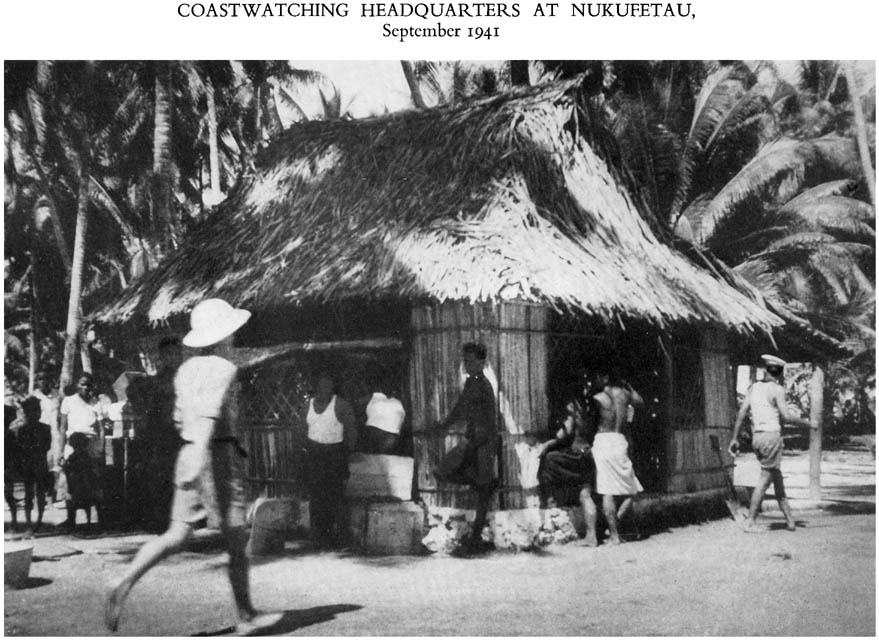






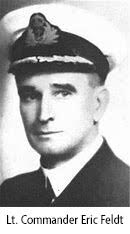
From Queensland, the Australian Coastwatchers “organisation” was led by Lieutenant Commander Eric Feldt. Feldt decided on the code name “Ferdinand,” based on the 1936 popular children’s book, “The Story of Ferdinand.” Feldt reasoned that their job as Coastwatchers was to sit, observe and collect information, not engage conspicuously in battle. Feldt would use this analogy to encourage his men.
“Ferdinand … did not fight but sat under a tree and just smelled the flowers.”
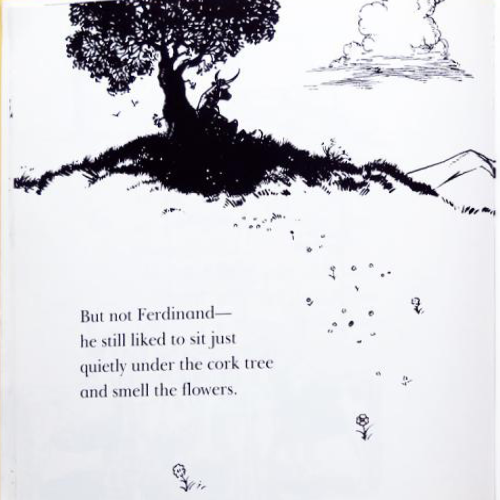
Yet, of course, these dedicated Coastwatchers could fight, if stung.
Their equipment, teleradios, consisted of a combination of loud speaker, transmitter and a receiver. These heavy objects required 12-16 men to move their containers and were powered by car batteries recharged by petrol – gas.

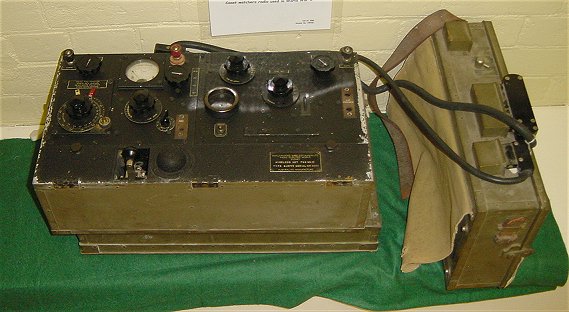
In the early stages of conflict their network played an important role in the Guadalcanal campaign, code named “Cactus”. The ability to radio enemy activity in the early warning stages of conflict, including the construction of an airfield on Guadalcanal, resulted in the first major land offensive against Emperor Hirohito’s men in the South Pacific.
The Risk Was Immense.
In an attempt to protect his men if captured, the mostly civilian group became part of the Royal Australian Navy Volunteer Reserve, RANVR, in April of 1942. However, this rank was not always respected by the enemy, and Feldt’s best friend, Bill Kyle, whom Feldt had recruited into the Coastwatchers, was captured and executed by the Japanese.
Another significant volunteer was Sergeant Major Jacob C. Vouza. After 25 years of service in the Solomon Islands Protectorate Army, Vouza rejoined the British forces. On August 7th, 1942, as the US 1st Marine Division was landing on Guadalcanal, Jacob fished a downed pilot from the USS Wasp out of Japanese held waters. Once he delivered the airman to the Americans, his abilities as a scout were quickly recognized and expanded. The retired native from Tasimboko, agreed to go behind enemy lines to scout and report.
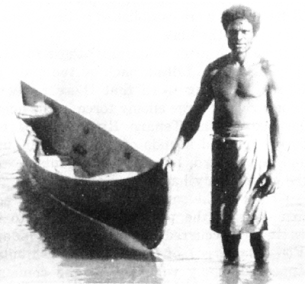
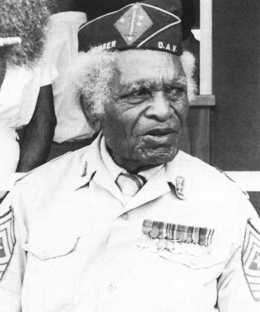
Unfortunately, weeks later, on August 20, Jacob was captured by the Japanese. Finding a small American flag in his loincloth, they tied him to a tree and began to torture the Allied spy. When Jacob refused to talk, the Japanese soldiers slashed his face, throat, arms, shoulder, and stomach with their bayonets, leaving him to die. Using his teeth, he gnawed through the rope then, finding his way through miles of jungle, he was able to reach the American camps and warn the 2nd Battalion 1st Marines of the approaching Japanese soldiers. The Marines had about ten minutes to strengthen their positions at the mouth of the Ilu River, referred to as Alligator Creek. These precious minutes allowed the Americans to prepare for the approaching 250 – 500 Japanese troops planning to attack that night. The ensuing Battle of the Tenaru on Guadalcanal was a victory for the Americans who were tasked with defending the newly acquired airstrip, Henderson Field.



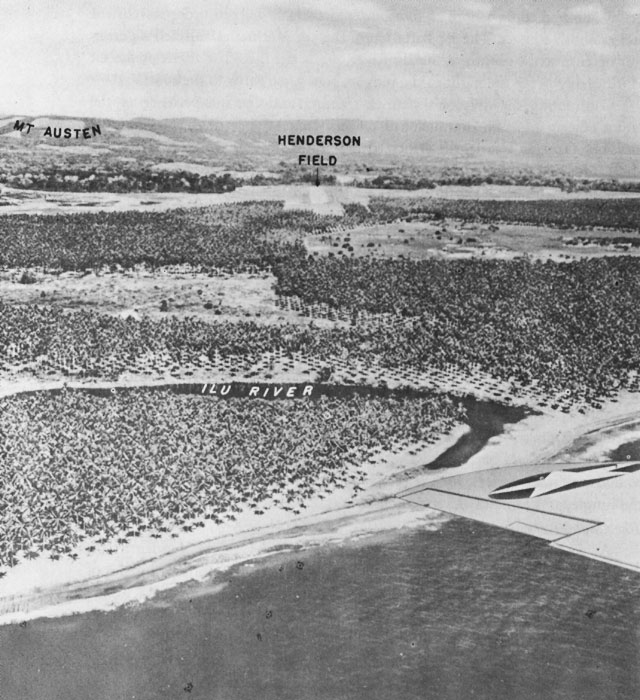
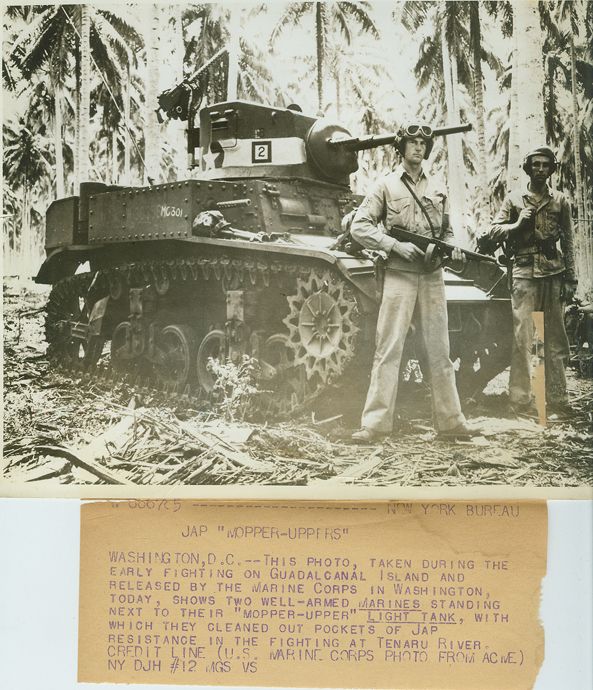
It is said that Jacob refused medical attention until he spoke with British Major Martin Clemens, an instrumental Coastwatcher, and Lieutenant Colonel Edwin A. Pollock, commander of the 2nd Battalion. Jacob would recover to continue aiding the US Marines. For his valuable service he was awarded several medals and honored by the United States Marine Corps, and Britain. A memorial was built in his honor in Honiara, the capitol of the Solomon Islands.
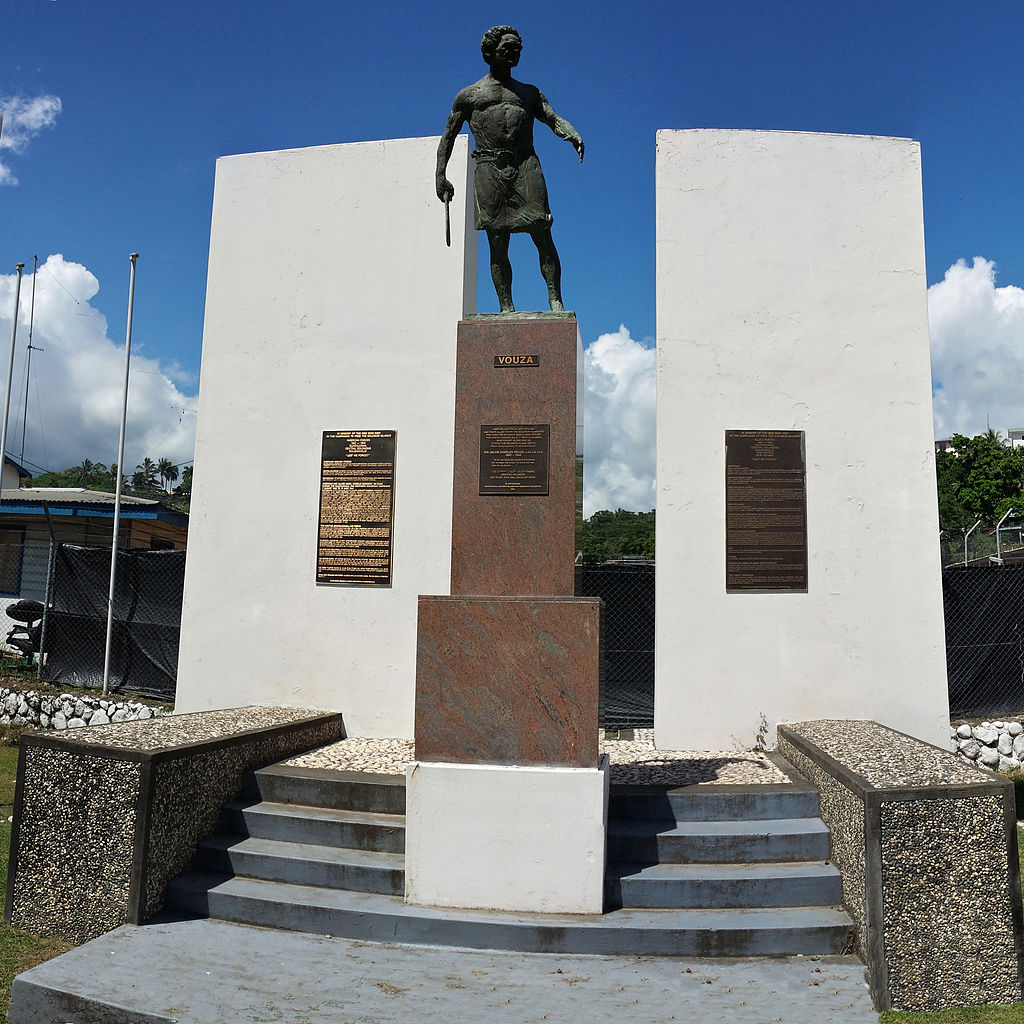
As the Pacific Campaign continued, impacted by the constant US air patrol and the tenacity of the Coastwatchers, the Imperial Japanese Navy were forced to move through the night to deliver troops and supplies in what was known as the “Tokyo Express”, originally coined the “Cactus Express.” The Coastwatchers hidden radio stations buzzed with alerts and vital information during battles or as the Japanese navy or aircraft were moving soldiers and equipment to various islands in preparations for attacking American bases. Living in obscurity in the jungles and along the shores they were instrumental in the rescue of survivors from downed airplanes or sinking ships.
One group of stranded sailors rescued after their PT boat was ripped in two when rammed by a Japanese destroyer, included the captain of that fateful PT 109, the late President John F. Kennedy.
At one point the Coastwatchers recovered an enemy tin filled with pages listing the names of all the Japanese officers and where they were stationed. This important information was delivered to the US and Allies at a very crucial time during the war in the Pacific.
‘Japanese coming, regards to all.’
This was the final message sent on September 25, 1942 from Maiana atoll in the Gilbert Islands (now known as Kiribati). As the Japanese swarmed across six of the small land masses, they captured twenty-two Coastwatchers and civilians. All Prisoners of War were taken to Tarawa where on October 15th they were all beheaded.

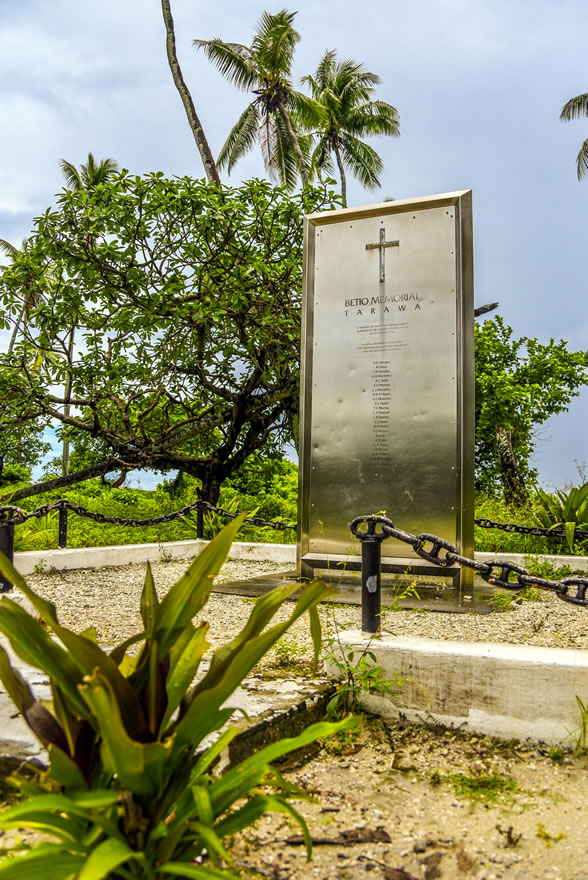
Our Coastwatchers – Online Cenotaph – Auckland War Memorial Museum
It was the vigilance and sacrifice of the approximately 400 men who composed the Coastwatchers, whose constant brush with the enemy can be credited with saving thousands of Allied soldiers’ lives, that we should pause to honor.
